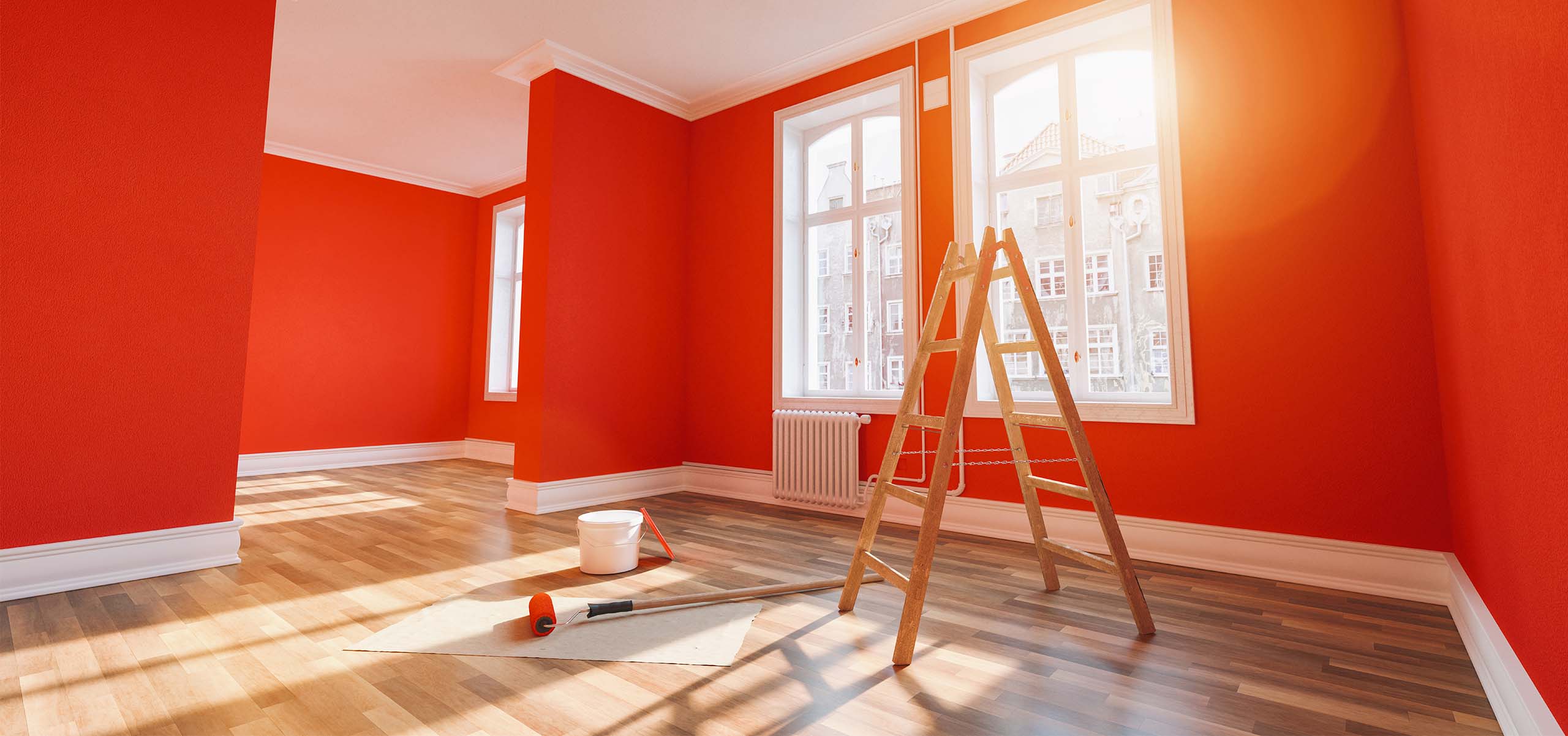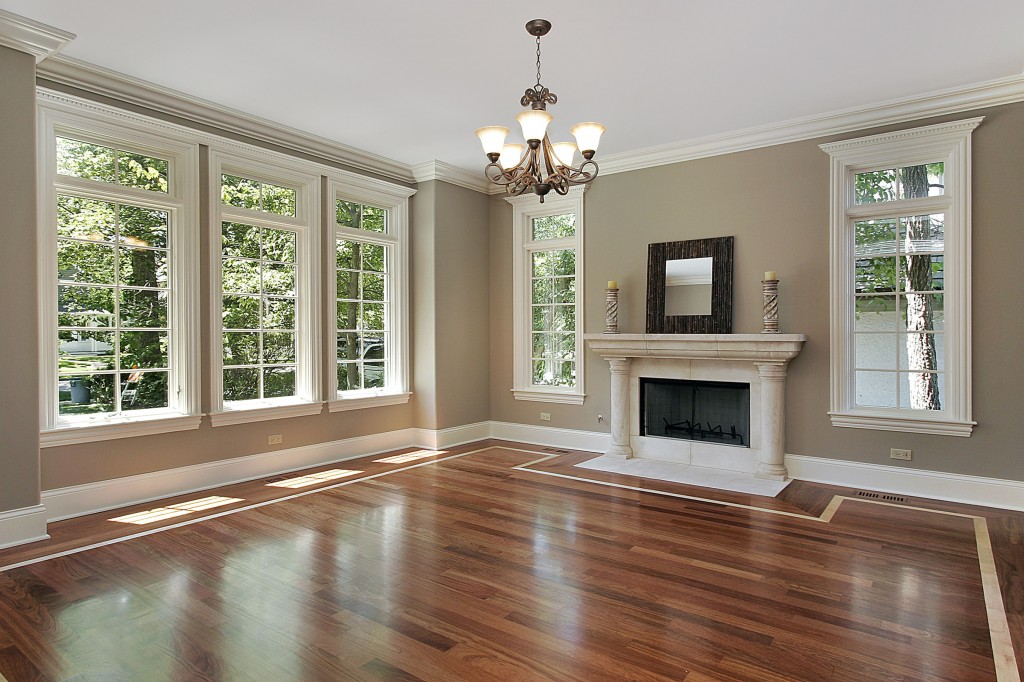Enhance Your Interior Style With Comprehensive Color Assessment
The assimilation of color appointment into interior style provides an one-of-a-kind opportunity to refine and raise the visual and psychological vibration of a room. By involving with a skilled color expert, you can browse the complexities of shade choice, guaranteeing that your choices not only complement architectural functions however additionally reverberate with individual style and mental effect. This calculated collaboration can dramatically affect the total atmosphere of your environment, fostering a sense of consistency and objective. Nonetheless, comprehending the nuances of this process is important-- what vital facets should be thought about to attain optimum outcomes?
Benefits of Shade Examination

In addition, color assessment aids in maximizing all-natural light and optimizing spatial understanding. Lighter tones can make an area show up more expansive, while darker shades produce an intimate setting. Cleveland Metro Painting Specialists. This critical application of shade can substantially affect the total setting of any indoor space
Additionally, professional experts have an extensive understanding of existing patterns and classic classics, guaranteeing that the selected shades will stay appealing over time. This insight can save customers from costly redesigns in the future. Shade consultation encourages customers by offering them with a clear vision and direction, cultivating self-confidence in their layout selections and eventually leading to a much more successful and enjoyable indoor style end result.
Comprehending Shade Psychology
The significance of shade psychology in interior decoration can not be overstated, as it explores the psychological and mental impacts that numerous hues can evoke in individuals. Shades can affect state of mind, habits, and also performance, making them a critical consideration in any type of style task.
For instance, warm shades such as red, orange, and yellow are typically related to energy and warmth. They can stimulate feelings of enjoyment and convenience, making them ideal for social spaces like living kitchen areas or rooms. Alternatively, cool shades like blue, green, and purple have a tendency to stimulate peace and serenity, making them optimal for bedrooms or meditation locations.
Additionally, using neutral tones can produce a balanced atmosphere by allowing the bolder shades to stand out without overwhelming the detects. Comprehending these emotional impacts enables designers to produce spaces that not just look aesthetically pleasing yet also promote emotional well-being.
Including shade psychology right into indoor layout involves a thoughtful option of shades tailored to the designated function of each room, eventually improving the overall experience for its passengers. This recognition is crucial for achieving a useful and unified indoor setting.
The Color Wheel Explained
Comprehending the connections between hues is crucial for efficient interior decoration, and the color wheel functions as an important device in this process. The color wheel, developed by Isaac Newton in the 17th century, illustrates the spectrum of colors prepared in a circular format. It comprises primaries-- red, blue, and yellow-- that can not be produced by mixing various other shades. Second shades, created by incorporating main shades, include environment-friendly, orange, and purple. Tertiary shades arise from mixing a main and a second shade, bring about hues such as red-orange and blue-green.
The color wheel helps developers comprehend the partnerships between colors, consisting of complementary, analogous, and triadic systems. Complementary colors, located opposite each other on the wheel, develop dynamic contrasts that can energize a space. Similar shades, located beside each other, give a harmonious and natural appearance. Triadic systems make use of 3 uniformly spaced shades, offering equilibrium and visual interest.
Utilizing the color wheel in interior decoration not just improves aesthetic charm however likewise stimulates certain emotions and environments, making it a vital reference for color assessment. Recognizing these relationships inevitably empowers designers to produce spaces that are both visually fascinating and practical.
Selecting the Right Scheme
Usually, choosing the right palette is a crucial variable in attaining a successful interior decoration job. An appropriate shade system can merge an area, enhance its features, and evoke desired emotions. To start, think about the purpose of the room. Different spaces offer diverse features and call for combinations that show their designated usage; for example, serene colors such as soft blues or greens work well in bedrooms, promoting leisure.
Light can dramatically alter just how colors show up, so it is essential to evaluate the area at different times of the day. An unified combination should enhance these functions, developing a cohesive appearance throughout the area.
When selecting shades, utilize the 60-30-10 regulation, which suggests that 60% of the room ought home to be a leading shade, 30% an additional shade, and 10% an accent color. This proportion guarantees equilibrium and aesthetic rate of interest (Cleveland Metro Painting Specialists). Lastly, example colors on the wall surfaces before dedicating, as this permits you to see how the tones connect with each other and the total ambiance they develop in your interior decoration job.
Working With a Color Specialist

When functioning with a shade professional, the procedure commonly starts with a first appointment. Throughout this conference, you'll review your vision, choices, and the existing components in your area. The expert will evaluate your needs and may recommend details shade schemes that straighten with your goals.
After establishing a direction, the professional will certainly supply samples and aesthetic aids to help you envision the recommended color design. This action is critical, as shades can show up in different ways under differing lighting problems.
In addition, a color consultant can lead you in picking complementary home furnishings, artwork, and devices to balance with your chosen scheme. By working together closely, you can attain a polished visual that elevates your insides and produces a welcoming ambience. Eventually, the experience of a shade expert can considerably boost the general impact of your layout job.
Conclusion
In recap, extensive shade appointment serves as an important tool for improving indoor layout. By leveraging expert understanding of shade psychology and spatial characteristics, a customized shade palette can be developed to evoke certain emotions and produce an unified setting.
By involving with a seasoned color specialist, you can navigate the complexities of color choice, making certain that your selections not just enhance building attributes but also resonate with individual design and psychological impact. Homepage It comprises primary shades-- red, blue, and yellow-- that can not be developed by blending various other colors.The color wheel helps designers understand the relationships between colors, consisting of corresponding, similar, and triadic systems.When picking shades, use the 60-30-10 policy, which suggests that 60% of the space ought to be a dominant shade, 30% a second shade, and 10% an accent color. By leveraging expert knowledge of shade psychology and spatial characteristics, a customized color palette can be created to stimulate certain emotions and create an unified setting.